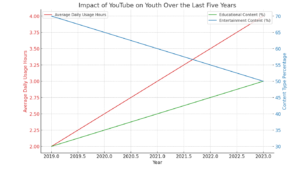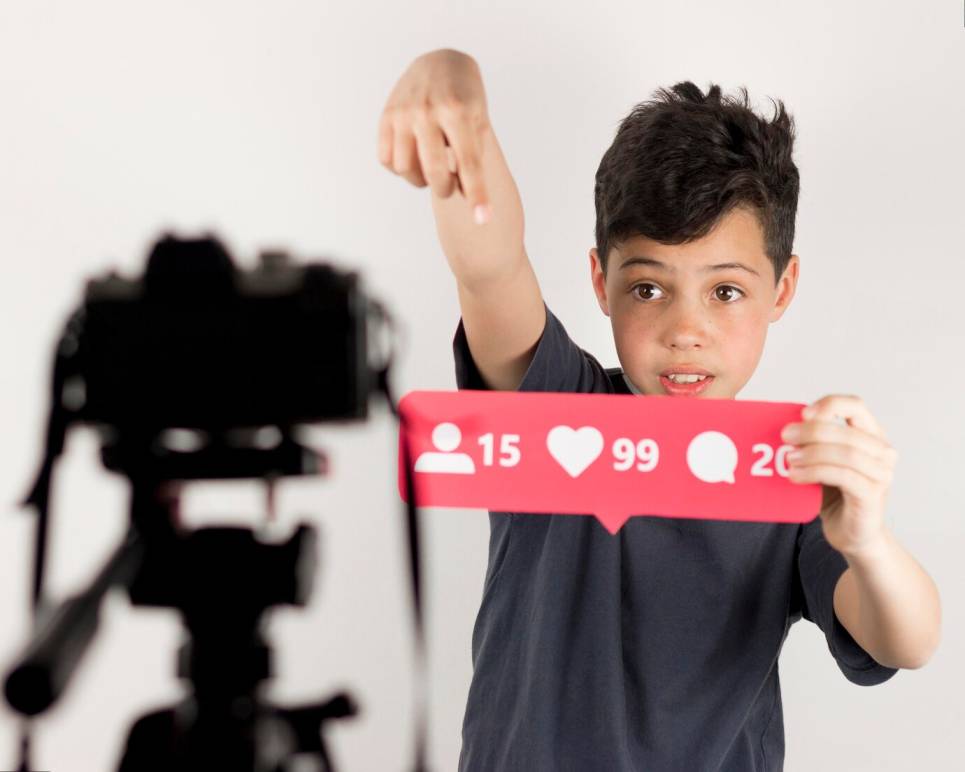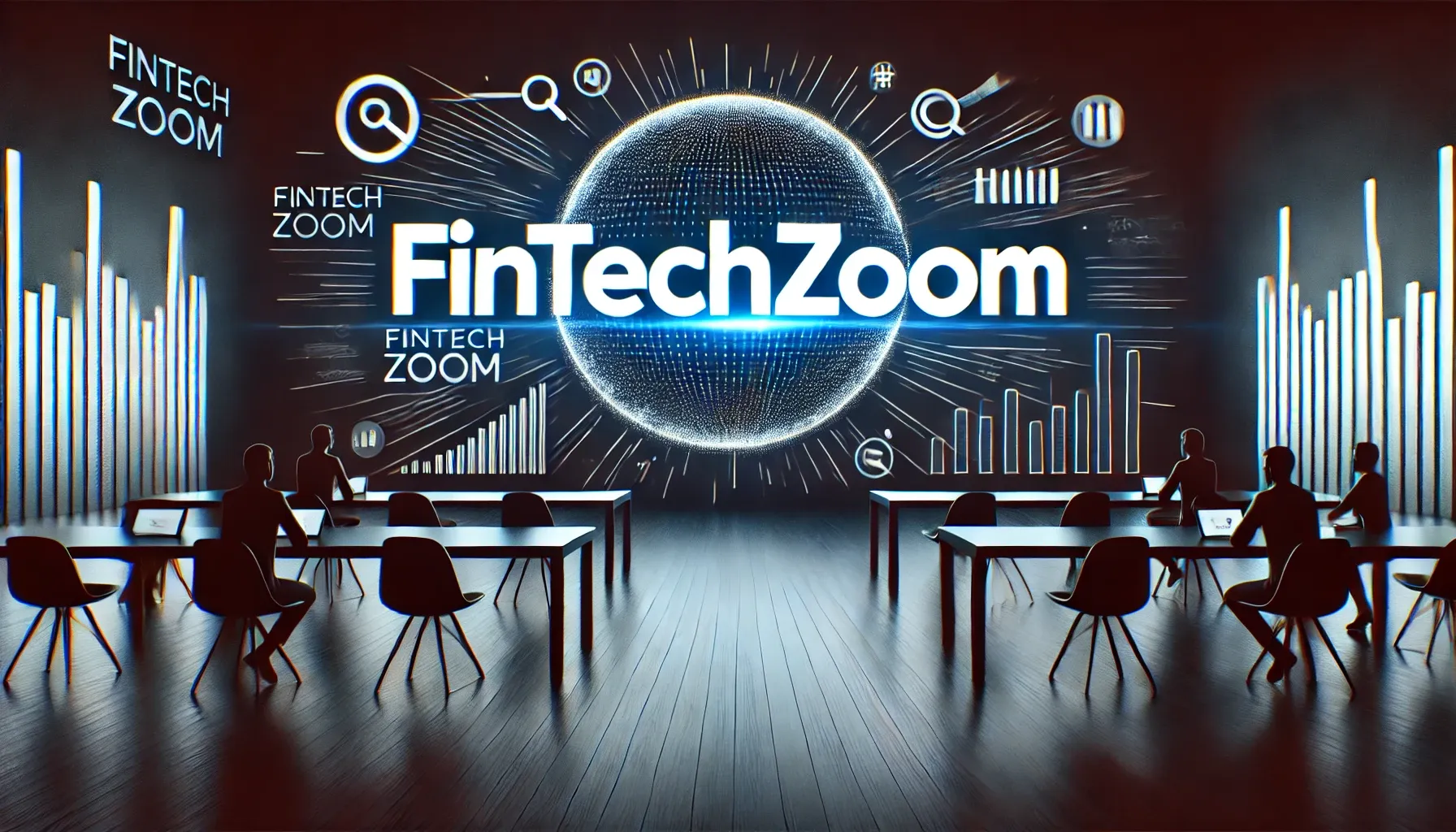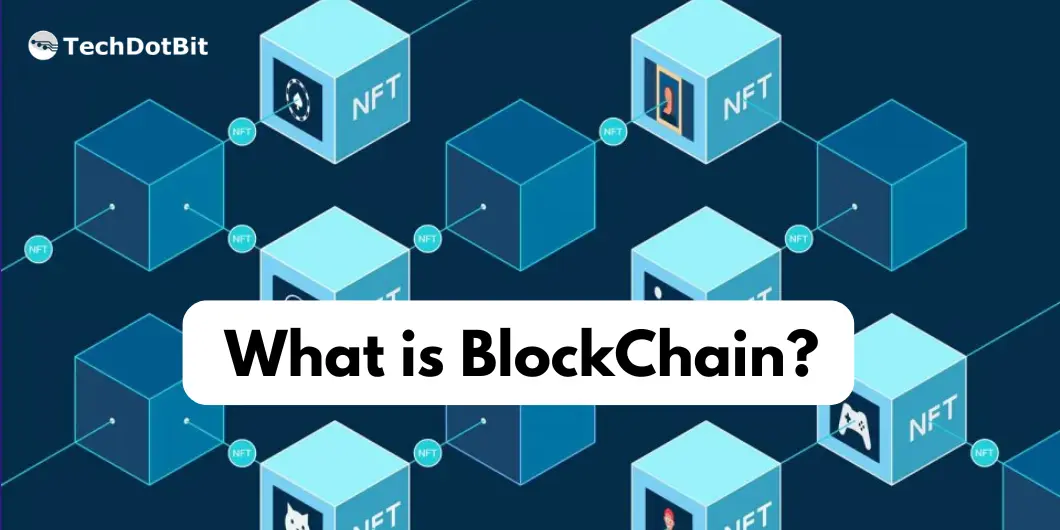Introduction
In today’s digital age, YouTube has emerged as a dominant force in shaping the lives and behaviors of young people worldwide. With its vast array of content spanning entertainment, education, and beyond, YouTube serves as both a source of inspiration and influence for youth. However, alongside its benefits, concerns have arisen regarding the platform’s control over young audiences and its potential impact on their well-being.
This article delves into the intricate relationship between YouTube and youth, exploring how the platform exerts influence and the implications it holds for the next generation. From algorithmic recommendations to psychological effects and societal implications, we’ll uncover the mechanisms through which YouTube shapes youth culture and behaviors. Additionally, we’ll discuss strategies for promoting responsible digital citizenship and empowering young people to navigate the digital landscape with confidence.
YouTube’s Influence on Youth

YouTube’s influence on youth is undeniable, with millions of young people consuming content daily. Its wide-ranging content, from entertainment to educational videos, shapes their worldview, preferences, and behaviors. As a platform where anyone can upload content, YouTube offers a diverse array of perspectives and voices, making it both enriching and potentially harmful for impressionable youth.
In the evolving digital landscape, YouTube has emerged as a cornerstone of multimedia content, significantly influencing the youth demographic over the last five years. This article delves into the trends of YouTube consumption among young individuals, shedding light on both the duration of engagement and the nature of content consumed.
The data reveals a steady uptick in the average daily usage hours of YouTube among the youth, climbing from a modest 2 hours in 2019 to a substantial 4 hours by 2023. This doubling in engagement underscores the platform’s growing entrenchment in the daily routines of young individuals, perhaps attributed to the diversification of content, the rise of influencer culture, and the platform’s adeptness at catering to a broad spectrum of interests.
Parallel to the increase in viewing time is the evolution in content preferences. Over the same period, there has been a notable shift towards more educational content, with the percentage of educational material consumed rising from 30% to 50%. This could be indicative of a growing recognition of YouTube as a valuable learning resource, offering tutorials, lectures, and educational vlogs across a myriad of subjects, thereby making learning more accessible and engaging.
Conversely, the proportion of entertainment content watched has seen a reciprocal decline, dropping from 70% to 50%. While entertainment remains a significant component of YouTube consumption, this shift might suggest a balancing of content types as users seek not only to be entertained but also to be informed and educated.
These trends reflect a broader narrative of the digital age, where platforms like YouTube are not only sources of leisure but also potent educational tools. The increased engagement coupled with a more diverse content palette highlights YouTube’s dual role in shaping the informational and recreational habits of today’s youth. As we move forward, it will be intriguing to observe how these patterns evolve and what new dimensions of digital consumption will emerge in the ever-expanding universe of online content.
Control Mechanisms: Algorithmic Recommendations
YouTube’s algorithm plays a significant role in determining what content users see. Through personalized recommendations, it tailors videos based on viewers’ past behavior, preferences, and demographics. While this enhances user experience by suggesting relevant content, it also creates a filter bubble, where users are exposed to content aligned with their existing views, potentially limiting exposure to diverse perspectives.
Algorithmic recommendations are a core feature of YouTube, influencing the content users see based on their past behavior and preferences. These recommendations are personalized to each viewer, drawing on data such as watch history, likes, and interactions. While intended to enhance user experience by suggesting relevant content, algorithmic recommendations can also create filter bubbles, where users are exposed to content aligned with their existing views, potentially limiting exposure to diverse perspectives. Understanding these control mechanisms is essential for navigating the digital landscape responsibly and promoting critical thinking among users.
Psychological Impact
The constant stream of content on YouTube can have profound psychological effects on youth. Excessive screen time and addiction to YouTube can lead to attention issues, sleep disturbances, and a sedentary lifestyle. Moreover, the prevalence of idealized images and lifestyles in YouTube videos can contribute to body image issues and low self-esteem among young viewers. Additionally, social comparison and fear of missing out (FOMO) fueled by influencers’ glamorous lives can exacerbate feelings of inadequacy and anxiety.
YouTube’s influence extends beyond entertainment and education to impact the mental health and well-being of young viewers. The platform’s addictive nature and endless stream of content can contribute to increased screen time and digital dependency among youth, leading to issues such as anxiety, depression, and sleep disturbances.
Moreover, the prevalence of idealized images and lifestyles in YouTube content can exacerbate body image issues and low self-esteem among viewers, particularly adolescents. The constant comparison to influencers’ curated lives can distort perceptions of reality and contribute to feelings of inadequacy.
From a healthcare perspective, addressing the psychological impact of YouTube requires a multi-faceted approach. Educating youth about digital literacy, promoting healthy screen time habits, and fostering open discussions about media influence are essential steps in promoting positive mental well-being.
Additionally, healthcare professionals can leverage YouTube as a platform for mental health education and awareness. From informative videos on coping strategies to virtual support communities, YouTube offers a valuable resource for reaching and supporting young people struggling with mental health issues.
Overall, recognizing the psychological impact of YouTube and its implications for healthcare is crucial in promoting a healthier digital environment for today’s youth. By addressing these challenges proactively, we can empower young people to navigate the digital landscape with resilience and well-being in mind.
Societal Implications
YouTube’s influence extends beyond individual psychology to shaping societal norms and values. The platform has been criticized for perpetuating political polarization by amplifying extreme viewpoints and fostering echo chambers. Moreover, the prominence of consumerism and materialism in YouTube content can fuel a culture of excessive consumption and financial insecurity among youth. Additionally, YouTube content creators often influence cultural trends and attitudes, contributing to the evolution of societal norms and values.
Balancing Regulation and Freedom
As YouTube’s influence on youth becomes more apparent, there is a growing call for regulation to mitigate potential harm. However, regulating content on a platform as vast and diverse as YouTube poses significant challenges. Striking a balance between protecting youth from harmful content and preserving freedom of expression requires collaboration between policymakers, platform owners, content creators, and users. Implementing age-appropriate content filters, promoting digital literacy, and fostering open dialogue between parents and children are essential steps toward achieving this balance.
Conclusion
YouTube’s influence on youth is multifaceted, encompassing psychological, societal, and regulatory dimensions. While the platform offers immense opportunities for learning, creativity, and connection, it also poses risks to the well-being and development of young people. Understanding and addressing these complexities are crucial for maximizing the positive impact of YouTube while mitigating its potential harms on youth.
FAQs
- How can parents monitor and regulate their children’s YouTube usage?
- Parents can utilize parental control features offered by YouTube, such as restricted mode and content filters. Additionally, open communication and setting clear guidelines for screen time can help parents monitor and guide their children’s online activities.
- Is YouTube doing enough to address harmful content targeting youth?
- YouTube has implemented various measures to address harmful content, including community guidelines, content moderation, and algorithm adjustments. However, challenges persist, and continuous efforts are needed to improve content safety and protect young users.
- What role do advertisers play in shaping content on YouTube?
- Advertisers play a significant role in shaping content on YouTube through sponsorship deals, product placements, and targeted advertising. Their influence can impact the types of content creators produce and the messages conveyed to young audiences.
- Are there any alternatives to YouTube that offer safer environments for youth?
- Several alternatives to YouTube, such as YouTube Kids, offer curated content specifically tailored for children. These platforms prioritize child safety and provide age-appropriate content suitable for young viewers.
- How can educators leverage YouTube positively for learning and development?
- Educators can harness the educational potential of YouTube by curating playlists, creating instructional videos, and facilitating discussions around relevant content. Integrating YouTube into lesson plans can enhance student engagement, facilitate self-directed learning, and broaden students’ perspectives.








